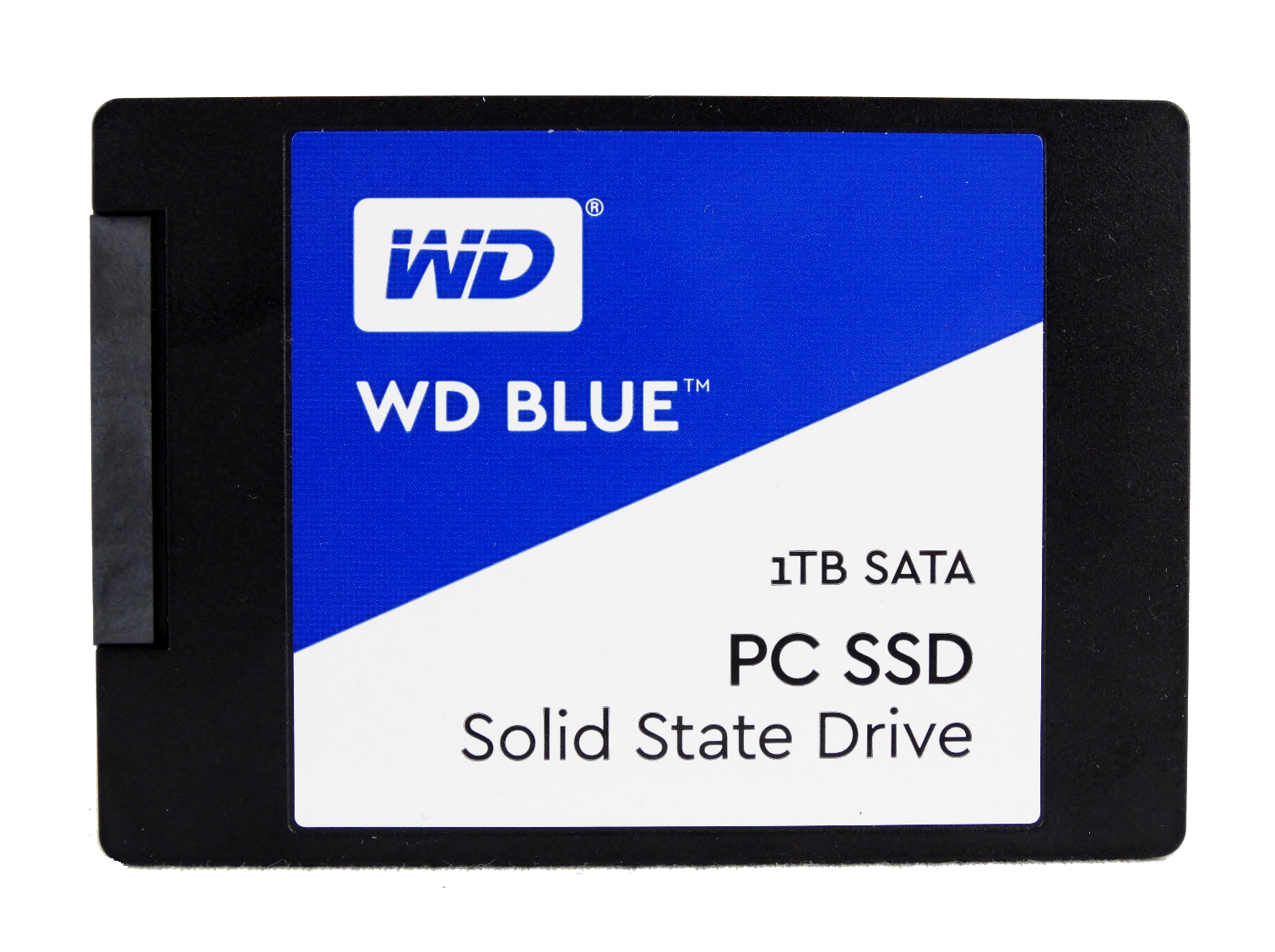Western Digital Blue SSD Review
Why you can trust Tom's Hardware
Conclusion
The HDD companies want to keep their hold on the storage market, but with a 20% decline in share, they can no longer ignore flash. Seagate and Western Digital have both released consumer SSDs in the past with a minimal impact on the market. Those failed products left us with a bit of an attitude; what do hard disk drive makers know about SSDs?
As it turns out, hard disk drive manufacturers have yet to prove they understand the SSD market. When memory companies stepped into the SSD market, they brought a new way of thinking to the storage industry and focused on new, more relevant topics. Dynamic pricing that ebbs and flows rapidly based on component prices influences the SSD market more than the HDD segment. Most importantly, due to increased competition, a few key players don’t influence it with a mafia-like hold that dictates storage pricing. Toshiba (with OCZ consumer products), Seagate, and now Western Digital, have failed to embrace flash effectively because they see it through the lens of HDD storage, and not for what it is. They have tried, and will continue to try, to apply the old pricing mindset to a new market, but it isn’t working. If we followed the old model, SSDs would become another commodity component held back by quasi-price fixing and slow product evolution.
The SanDisk X400 1TB SSD is identical to the Blue 1TB SSD other than the updated firmware and adjusted overprovisioning programming, which increases its endurance. Both the firmware and programming are software-based, and the X400 could technically run in the same configuration. The Blue 1TB ($299.99) costs significantly more than the X400 1TB ($231.99), and it ships with a 3-year warranty as opposed to the X400’s 5-year warranty. Western Digital didn’t add anything to the Blue besides checking some extra boxes in the firmware, slapping on a new sticker and increasing the price by $70.
We can’t ignore the fact that the Blue SSD breaks the 10,000 random read IOPS barrier at queue depth 1. Very few consumer SSDs deliver this level of performance. Sadly, the lowest priced products with that level of performance now cost $299 (Blue) and $306 (EVO) in the 1TB capacity class.
The amended pricing puts the WD Blue SSD in the same pricing league as the Samsung 850 EVO. Unfortunately, for both WD and consumers, the overall performance is not the same. In our testing, we didn’t include the 850 EVO due to what we thought was a large difference in pricing. The 850 EVO still includes Rapid Mode, a DRAM-based cache scheme used to reduce wear and increase the write performance, and V-NAND flash that writes data faster than the SATA bus even allows. The Western Digital Blue’s sustained sequential write performance drops to 300 MB/s when its SLC buffer is full, but the high-capacity 850 EVO SSDs don’t suffer the same drop-off. The Samsung PM961 512GB taught us that 48-layer TLC V-NAND’s native TLC sustained sequential write speed is over 600 MB/s.
The Western Digital Blue 1TB SSD would be an amazing SSD product if it had a competitive price point. Even if Western Digital had to launch the product at a loss to make a statement, the price would have been appropriate. As it sits now at $299, users have to pay more than double for the 1TB model over the 512GB model. Who came up with that strategy? A room full of hard disk drive executives is the answer. The hard drive companies almost always charge a premium on a per-bit basis for the products with the highest capacity. Apparently, the $16,000,000,000 SanDisk price tag wasn’t enough for WD to learn how the consumer SSD market works in 2016.
MORE: Best SSDs
MORE: Latest Storage News
MORE: Storage in the Forums
Get Tom's Hardware's best news and in-depth reviews, straight to your inbox.
Follow us on Facebook, Google+, RSS, Twitter and YouTube.
UPDATE 10/11/2016 8:40 AM PST - WD provided us with an incorrect MSRP prior to the launch date. Products under NDA are not listed at retailers, therefore we could not verify the information given to us. We corrected the article and altered the conclusion.

Chris Ramseyer was a senior contributing editor for Tom's Hardware. He tested and reviewed consumer storage.
-
lugi20 WD Lists it for $299, Newegg selling it for $299, Amazon has it for $279 --- I think you can update your review. It performs nicely but there are much better values out there.Reply -
RealBeast Agreed, overpriced at $299. I'd go with an EVO. Sounded almost too good to be true, and turns out that it was.Reply -
WFang Yeah the talk about prices in the article is confusing all the while the Amazon link shows it priced way higher than (any of) the article prices sprinkled around in the text. What gives?Reply -
CRamseyer The review will need several changes. We are working on it now. Below you can see the pricing information we received from Western Digital. We even had a conversation, that included talk about pricing, within the last 24 hours.Reply
• MSRP for all new Blue and Green capacity sizes
o WD Blue 250 GB $79.99, 500 GB $139.99 and 1TB $199.99 USD MSRP - WD Green has not been determined yet as it won’t be shipping until later this quarter.
